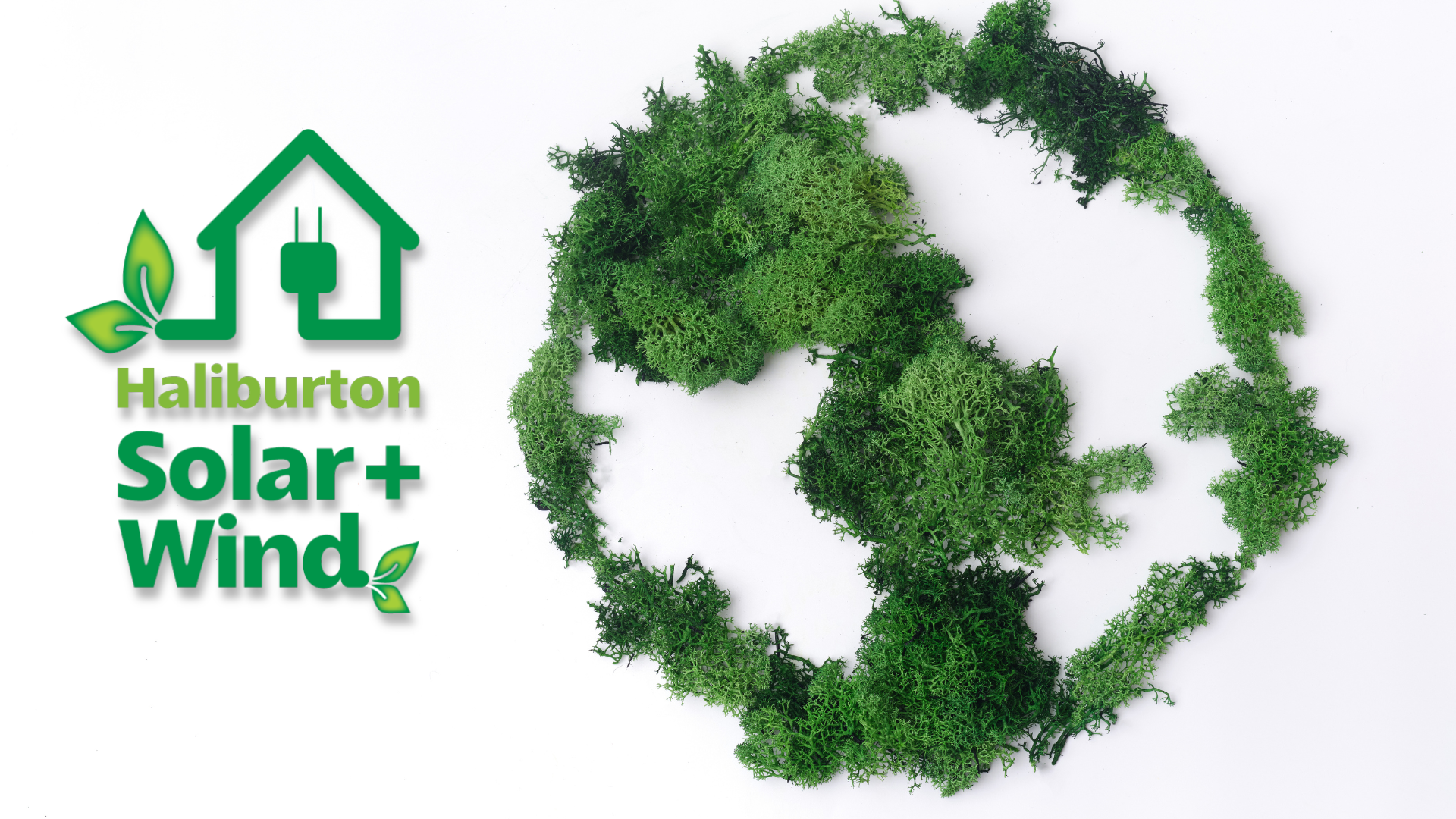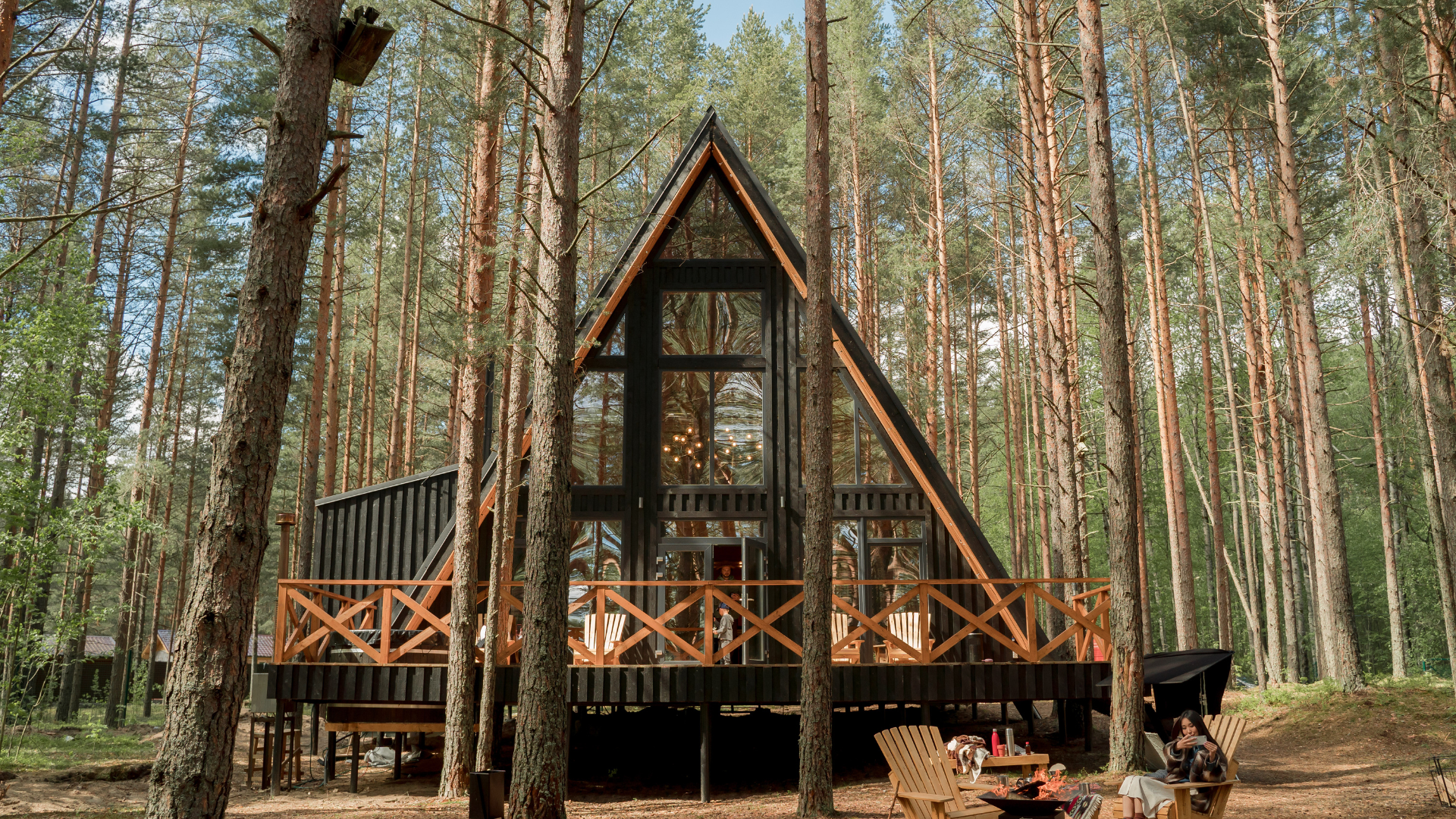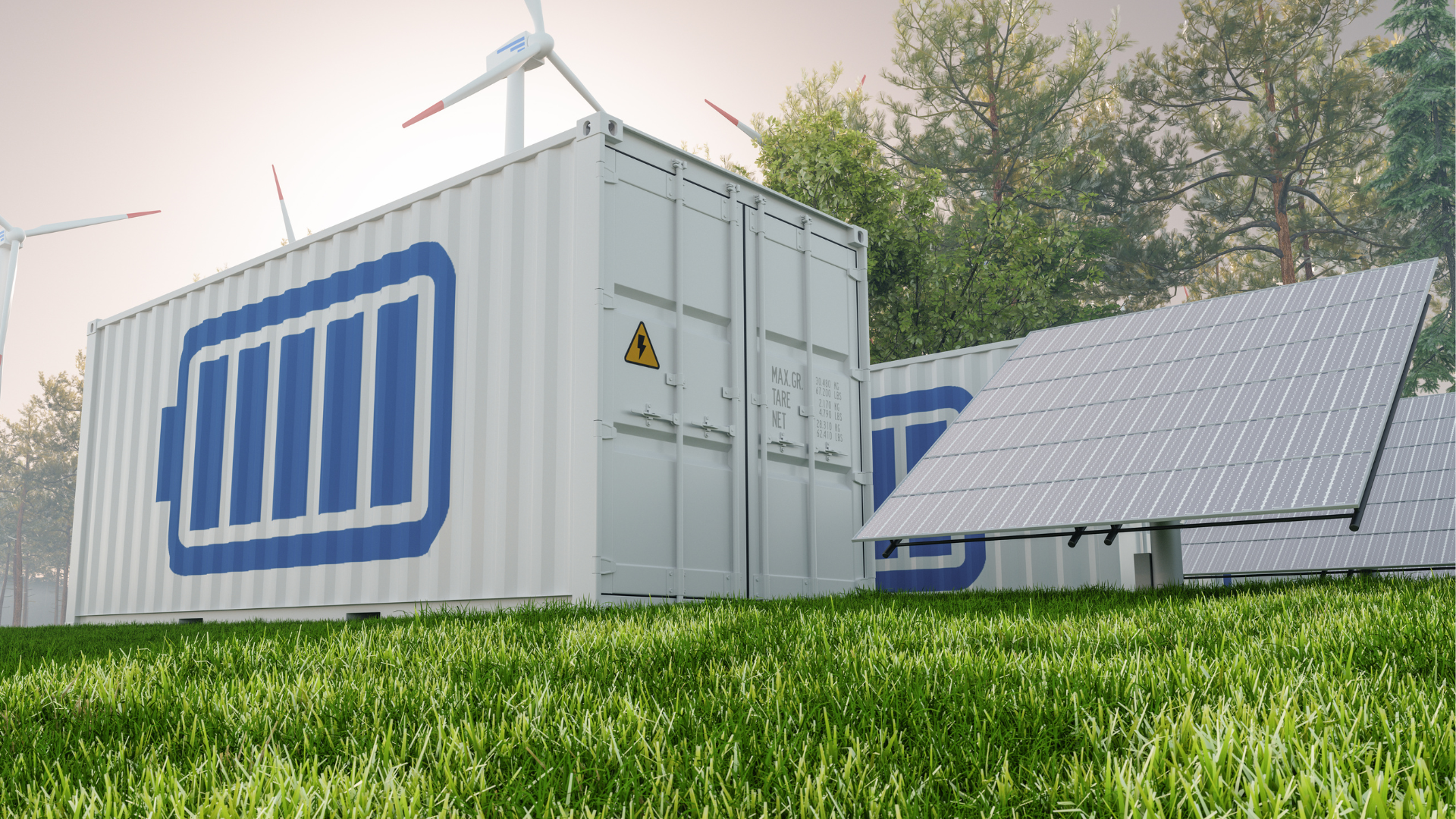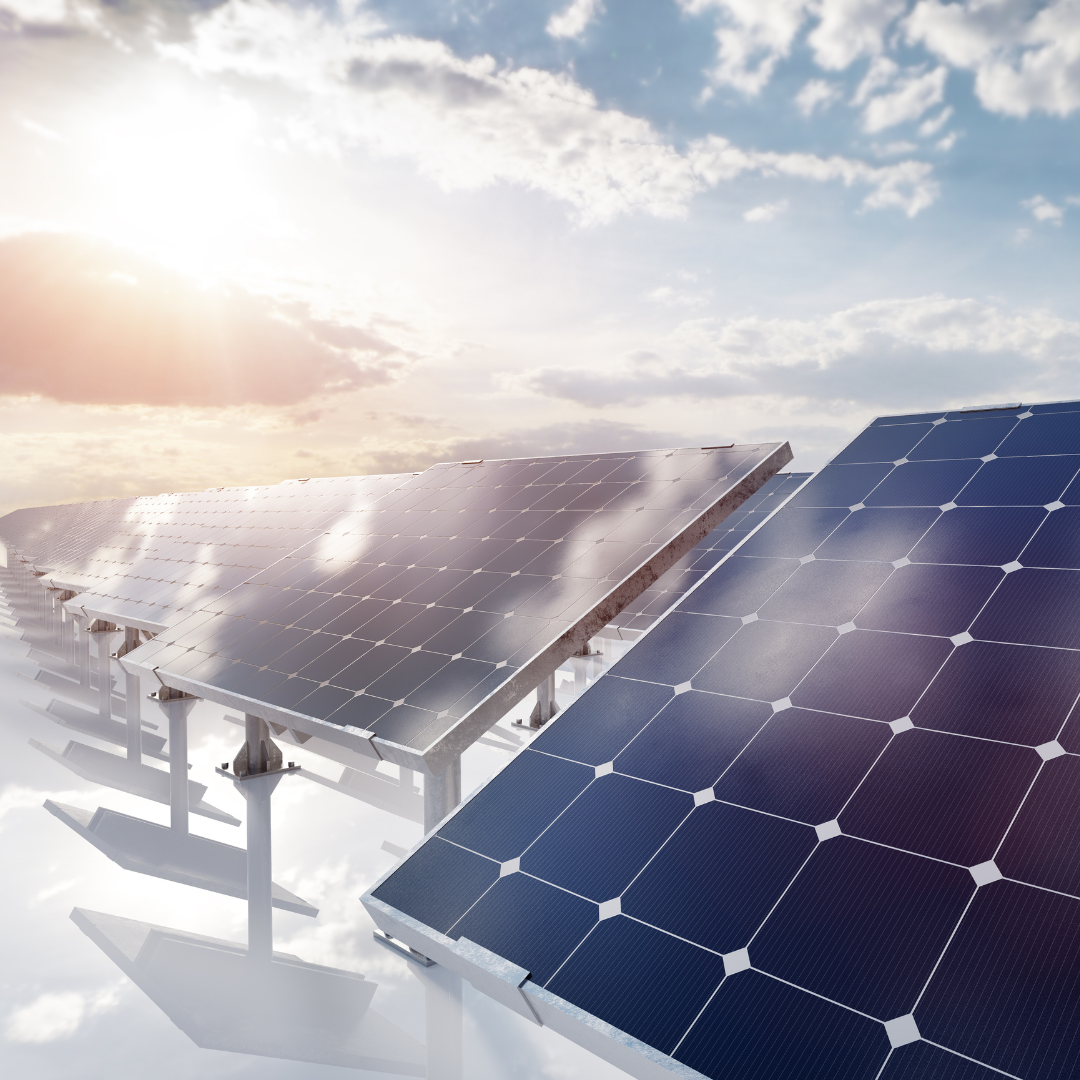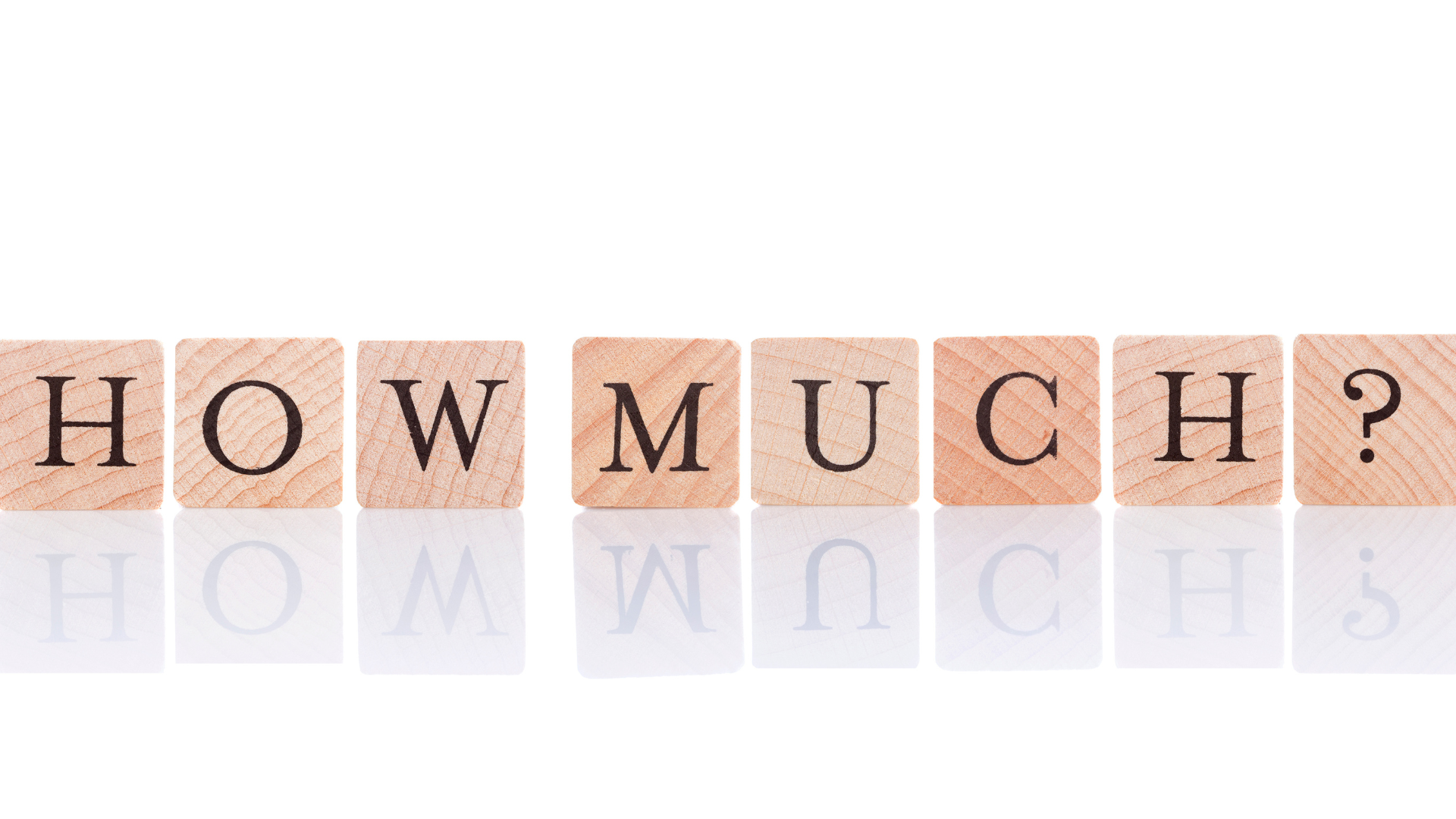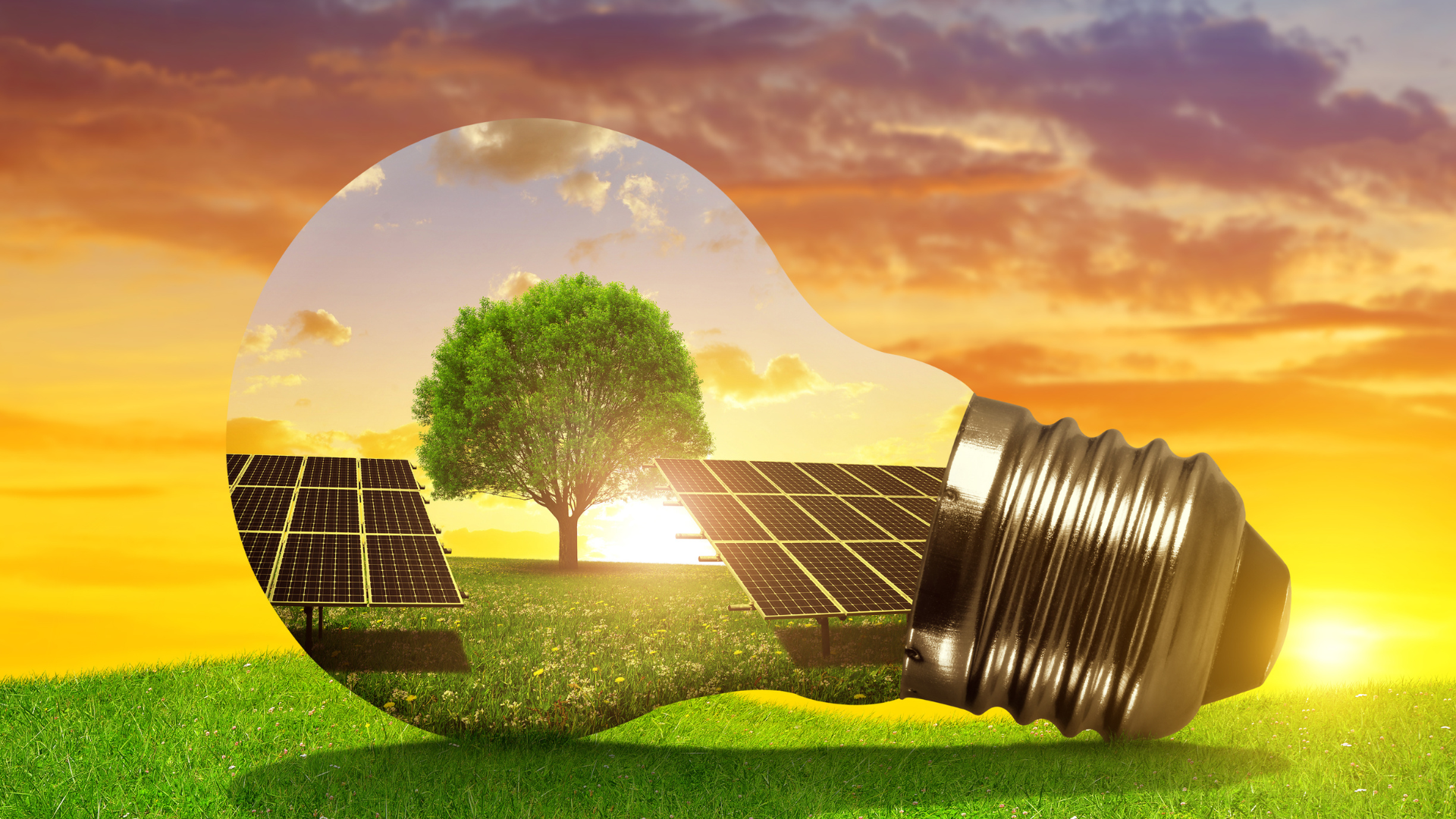What is a Bifacial Solar Panel?
As solar energy technology advances, bifacial solar panels are gaining popularity for their ability to increase energy output and enhance efficiency. These panels are unique because they can capture sunlight from both the front and back sides, making them an excellent option for a wide range of applications, including
off-grid solar systems in Ontario. Whether you’re considering an off-grid setup in a rural area or working with solar contractors in Ontario to improve your energy production, understanding how bifacial solar panels work and their benefits can help you make an informed decision. This blog explores bifacial solar panels, their technology, and how they can be a game-changer for renewable energy in Ontario.

Understanding Bifacial Solar Panel Technology
Bifacial solar panels differ from traditional monofacial panels in one key way: they have photovoltaic cells on both sides. This allows them to absorb sunlight from the front and capture reflected sunlight from the ground or surrounding surfaces on the backside. The dual-sided design increases the overall energy production of the panel, making it more efficient in specific environments.
The efficiency boost from bifacial panels comes from the fact that sunlight hitting the ground can reflect onto the rear side of the panel. The amount of additional energy generated by the backside depends on factors such as the type of surface the panels are installed over, the angle of installation, and environmental conditions. For instance, snow, water, and light-coloured surfaces can reflect more sunlight, significantly enhancing the panel's output.
In Ontario, where snow cover is common during winter, bifacial panels can harness additional light reflected off the snow, making them an efficient choice in regions with highly reflective ground surfaces.
Benefits of Bifacial Solar Panels for Off-Grid Solar Systems in Ontario
For those living off-grid in Ontario, bifacial solar panels offer several advantages that make them an excellent option for maximizing energy production. Off-grid solar systems in Ontario are often used in remote or rural locations where connection to the provincial power grid isn’t feasible. Bifacial panels can help boost energy production in these settings, providing more reliable power in areas where energy needs are high and sunlight exposure is variable.
- Increased Energy Efficiency: The most significant advantage of bifacial panels for off-grid solar systems is the increase in efficiency. Under optimal conditions, bifacial panels can capture sunlight from both sides and produce up to 30% more energy than monoracial panels. This efficiency boost is precious in off-grid systems, where maximizing energy production is critical to ensuring power availability.
- Better Performance in Winter: Ontario’s long winters can present challenges for solar energy systems, but bifacial panels are well-suited. Snow cover, while reducing direct sunlight, reflects sunlight to the panels, increasing the energy captured by the rear side. This means that even during the winter months, bifacial panels can continue to generate a significant amount of energy, making them ideal for off-grid homes in Ontario.
- Durability and Longevity: Bifacial solar panels are typically more durable than traditional panels because they are made with glass on both sides to protect the cells. This dual-glass design enhances their resistance to environmental stressors like hail, snow, and wind, which can be particularly beneficial in Ontario’s varied climate.
- Flexible Installation Options: Bifacial panels can be installed on various surfaces, including rooftops, ground mounts, and even over reflective surfaces like water bodies. For off-grid systems in Ontario, this flexibility allows homeowners to design installations that take full advantage of their environment, whether positioned over snow-covered fields or reflective lakes.
Advantages of Bifacial Solar Panels for Grid-Tied Systems in Ontario
Bifacial solar panels are beneficial not only for off-grid solar systems but also provide significant advantages for grid-tied systems. Solar contractors in Ontario increasingly recommend bifacial panels for residential and commercial installations due to their ability to generate more energy in diverse conditions.
- Higher Energy Yield: For grid-tied systems, the additional energy captured by the backside of bifacial panels means that homeowners can produce more electricity and potentially sell more back to the grid. This can result in higher savings or profits through Ontario’s Net Metering program, where homeowners receive credits for excess energy fed back into the grid.
- Aesthetic and Functional Versatility: Bifacial panels are also attractive for aesthetically-driven installations. They can be installed as part of solar pergolas, canopies, or overhangs, where their transparent design allows light to pass through while still capturing solar energy. This dual functionality appeals to homeowners who want to integrate solar power into their outdoor living spaces without compromising aesthetics.
- Longer Lifespan: Bifacial panels' durability contributes to their longer lifespan, often extending beyond the typical 25-year lifespan of traditional panels. Their resistance to environmental factors like corrosion and extreme weather conditions can reduce the need for maintenance and replacement, leading to long-term savings for homeowners with grid-tied systems in Ontario.
- Adaptability to Various Environments: Bifacial solar panels can adapt more to different environments than traditional panels. In areas with frequent changes in sunlight conditions—such as urban settings with shading from buildings or trees—bifacial panels can still capture ambient light reflected from nearby surfaces, boosting energy production where traditional panels might fall short.
Cost and Installation Considerations
While bifacial solar panels offer numerous benefits, some cost and installation factors must be considered. Due to their advanced technology and materials, the initial cost of bifacial panels can be higher than that of traditional monoracial panels. However, the increased energy output and durability often offset these higher upfront costs over time, making them a cost-effective option in the long run.
When installing bifacial panels, working with experienced solar contractors in Ontario who understand the specific requirements of bifacial systems is essential. These panels require careful positioning and installation to maximize the light captured by both sides. Factors like the height of the installation, the tilt angle, and the surface reflectivity beneath the panels all play a role in optimizing their performance.
Solar contractors with experience in bifacial panel installations can help design a system that maximizes energy production, whether you’re building an off-grid system or connecting to the grid. By considering your property’s unique environment and selecting the correct installation strategy, you can ensure that bifacial solar panels deliver optimal savings and energy efficiency.
Conclusion
Bifacial solar panels represent an exciting advancement in solar energy technology. Compared to traditional panels, they offer higher energy efficiency, durability, and flexibility. For homeowners and businesses in Ontario, bifacial panels provide a powerful solution for maximizing energy production, whether living off-grid or connected to the grid.
With the ability to capture sunlight from both sides, bifacial panels are particularly well-suited to Ontario’s climate, where snow and reflective surfaces can enhance their performance. While the initial investment may be higher, the long-term savings and increased energy output make bifacial solar panels a smart choice for anyone looking to harness the full potential of solar energy.
If you’re considering a solar installation, partnering with experienced solar contractors in Ontario is crucial to ensure that your bifacial system is designed and installed for maximum efficiency. As solar technology continues to evolve, bifacial panels are becoming a game-changer for energy-conscious homeowners looking to save money and reduce their environmental impact.
Frequently Asked Questions
-
How do bifacial solar panels differ from traditional solar panels?
Bifacial solar panels capture sunlight from both the front and rear sides, allowing them to generate more electricity than traditional monofacial panels, which only capture sunlight from one side.
-
Are bifacial solar panels more expensive than traditional panels?
Due to their advanced technology and materials, bifacial panels are typically more expensive than traditional panels. However, the increased energy production and durability often offset the higher upfront costs over time.
-
Do bifacial solar panels work well in Ontario’s climate?
Yes, bifacial panels perform well in Ontario, particularly in snowy conditions. The snow reflects additional sunlight onto the rear side of the panel, increasing energy production.
-
Can bifacial solar panels be used for off-grid and grid-tied systems?
Yes, bifacial solar panels are versatile and can be used for off-grid and grid-tied solar systems. Maximizing energy production provides benefits in both settings.
-
Do bifacial solar panels require particular installation?
Bifacial panels require careful installation to maximize their energy output. This includes considering the tilt angle, height, and surface reflectivity beneath the panels. Experienced solar contractors are essential to ensure optimal performance.
Hours & Address
Monday --- 9:00 AM–4:30 PM
Tuesday --- 9:00 AM–4:30 PM
Wednesday --- 9:00 AM–4:30 PM
Thursday --- 9:00 AM–4:30 PM
Friday --- 9:00 AM–4:30 PM
Saturday --- by appointment only
Sunday --- by appointment only
12667 Highway 35, Unit 2,
P.O. Box 514,
Minden ON K0M 2K0
Navigation Links
Copyright © 2024 Haliburton Solar and Wind - All Rights Reserved.

